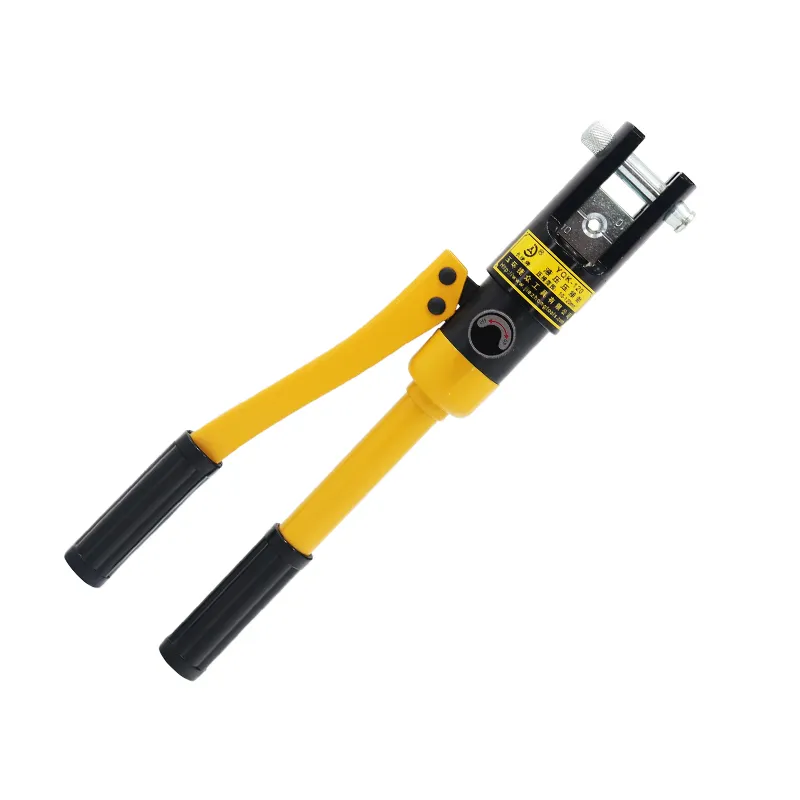
-
 Afrikaans
Afrikaans -
 Albanian
Albanian -
 Amharic
Amharic -
 Arabic
Arabic -
 Armenian
Armenian -
 Azerbaijani
Azerbaijani -
 Basque
Basque -
 Belarusian
Belarusian -
 Bengali
Bengali -
 Bosnian
Bosnian -
 Bulgarian
Bulgarian -
 Catalan
Catalan -
 Cebuano
Cebuano -
 Corsican
Corsican -
 Croatian
Croatian -
 Czech
Czech -
 Danish
Danish -
 Dutch
Dutch -
 English
English -
 Esperanto
Esperanto -
 Estonian
Estonian -
 Finnish
Finnish -
 French
French -
 Frisian
Frisian -
 Galician
Galician -
 Georgian
Georgian -
 German
German -
 Greek
Greek -
 Gujarati
Gujarati -
 Haitian Creole
Haitian Creole -
 hausa
hausa -
 hawaiian
hawaiian -
 Hebrew
Hebrew -
 Hindi
Hindi -
 Miao
Miao -
 Hungarian
Hungarian -
 Icelandic
Icelandic -
 igbo
igbo -
 Indonesian
Indonesian -
 irish
irish -
 Italian
Italian -
 Japanese
Japanese -
 Javanese
Javanese -
 Kannada
Kannada -
 kazakh
kazakh -
 Khmer
Khmer -
 Rwandese
Rwandese -
 Korean
Korean -
 Kurdish
Kurdish -
 Kyrgyz
Kyrgyz -
 Lao
Lao -
 Latin
Latin -
 Latvian
Latvian -
 Lithuanian
Lithuanian -
 Luxembourgish
Luxembourgish -
 Macedonian
Macedonian -
 Malgashi
Malgashi -
 Malay
Malay -
 Malayalam
Malayalam -
 Maltese
Maltese -
 Maori
Maori -
 Marathi
Marathi -
 Mongolian
Mongolian -
 Myanmar
Myanmar -
 Nepali
Nepali -
 Norwegian
Norwegian -
 Norwegian
Norwegian -
 Occitan
Occitan -
 Pashto
Pashto -
 Persian
Persian -
 Polish
Polish -
 Portuguese
Portuguese -
 Punjabi
Punjabi -
 Romanian
Romanian -
 Russian
Russian -
 Samoan
Samoan -
 Scottish Gaelic
Scottish Gaelic -
 Serbian
Serbian -
 Sesotho
Sesotho -
 Shona
Shona -
 Sindhi
Sindhi -
 Sinhala
Sinhala -
 Slovak
Slovak -
 Slovenian
Slovenian -
 Somali
Somali -
 Spanish
Spanish -
 Sundanese
Sundanese -
 Swahili
Swahili -
 Swedish
Swedish -
 Tagalog
Tagalog -
 Tajik
Tajik -
 Tamil
Tamil -
 Tatar
Tatar -
 Telugu
Telugu -
 Thai
Thai -
 Turkish
Turkish -
 Turkmen
Turkmen -
 Ukrainian
Ukrainian -
 Urdu
Urdu -
 Uighur
Uighur -
 Uzbek
Uzbek -
 Vietnamese
Vietnamese -
 Welsh
Welsh -
 Bantu
Bantu -
 Yiddish
Yiddish -
 Yoruba
Yoruba -
 Zulu
Zulu


Sep . 23, 2024 15:56 Back to list
Methods and Techniques for Effective Ground Rod Testing in Electrical Systems
Understanding Ground Rod Testing Importance and Procedures
Ground rod testing is a critical procedure in electrical systems to ensure the safety and reliability of electrical installations. Ground rods, also known as grounding electrodes, play an essential role in dissipating fault currents into the earth, thus protecting both people and equipment from electrical hazards. This article examines the importance of ground rod testing, its procedures, and the implications of neglecting such tests.
Importance of Ground Rod Testing
The primary function of a ground rod is to provide a low-resistance path for fault currents to flow into the earth. This helps prevent electrical shocks and maintains the effective operation of electrical devices. In many jurisdictions, grounding systems must comply with specific codes and standards, making regular testing not just a best practice but a legal requirement.
Ground rod testing helps identify potential failures in the grounding system, such as corroded or damaged rods, inadequate depth, or improper installation. Without proper testing, it's impossible to ascertain whether the grounding system can effectively perform its protective role. Regular testing can prevent costly damages due to electrical surges, reduce the risk of fire hazards, and ensure the overall longevity of electrical systems.
Procedures for Ground Rod Testing
The testing of ground rods typically involves several key steps. The most common method for evaluating the effectiveness of a ground rod is the fall-of-potential test, which measures the resistance between the ground rod and the ground.
1. Preparation Before starting the test, ensure that the area around the ground rod is clear and safe. All electrical equipment connected to the system should be powered off to prevent interference during the testing.
ground rod testing

2. Equipment Setup Ground rod testing requires a specialized testing instrument, typically a ground resistance tester. This device measures the resistance by injecting a known current into the ground and measuring the resulting voltage drop.
3. Testing Procedure With the ground resistance tester set up, the user connects one lead to the ground rod and the other leads at specified distances away from the rod. The tester then measures the resistance of the ground rod to Earth while adjusting the injection current to accurately determine the resistance.
4. Data Analysis After the measurements are taken, the readings are analyzed. Ground resistance should ideally be below a certain threshold, often set at 25 ohms or lower, depending on specific regulations and conditions.
5. Reporting Finally, the results of the ground rod testing should be documented, highlighting any issues found, such as excessive resistance levels, and recommending appropriate corrective actions.
Implications of Neglecting Testing
Failing to conduct regular ground rod testing can lead to severe consequences. High ground resistance can result in ineffective grounding, increasing the risk of electrical accidents. Additionally, as electrical systems age, deterioration may occur, making periodic testing imperative to maintain safety and compliance with local regulations.
In conclusion, ground rod testing is not merely a procedural formality but a vital aspect of electrical safety that should be taken seriously by both homeowners and professionals in the industry. By recognizing its importance and adhering to proper testing procedures, one can significantly enhance the safety and reliability of electrical installations, thus safeguarding lives and property. Regular inspections and testing should be integral to any maintenance program to ensure that grounding systems function effectively in all situations.
Latest news
What Are Construction Tools and How Are They Used?
NewsJul.11,2025
Professional-Grade Duct Rodding Tools for Superior Cable Installation
NewsJul.11,2025
Enhancing Safety and Efficiency with Modern Hot Stick Solutions
NewsJul.11,2025
Empowering Cable Installation with Advanced Rodder Solutions
NewsJul.11,2025
Elevate Your Cable Installation Projects with Cable Pulling Tools
NewsJul.11,2025
Efficient Cable Handling Solutions: Cable Rollers for Sale
NewsJul.11,2025











